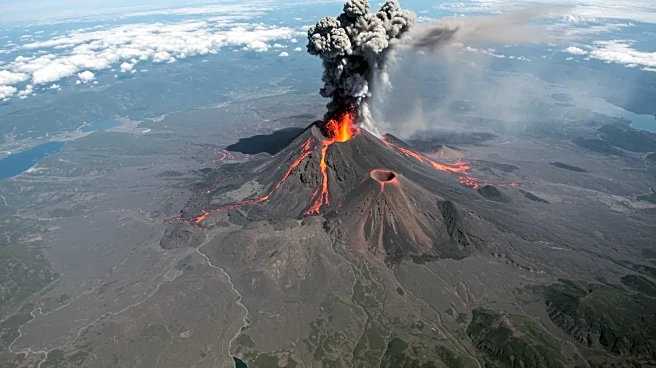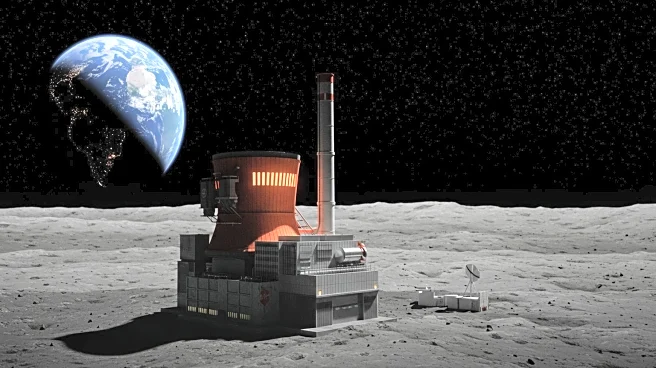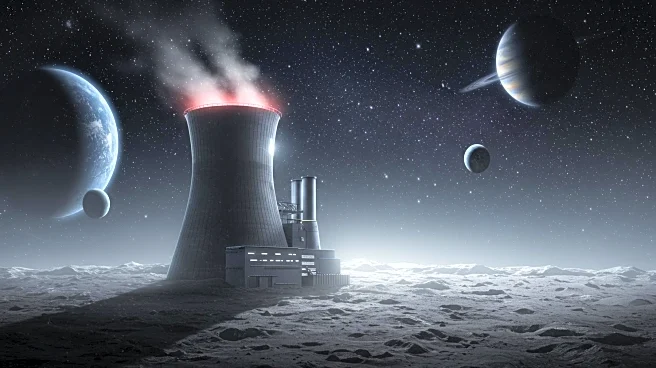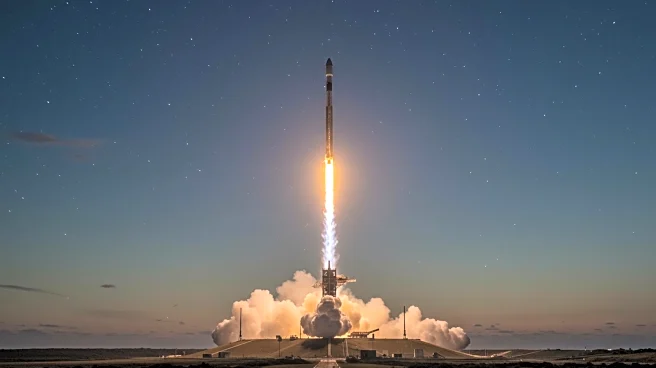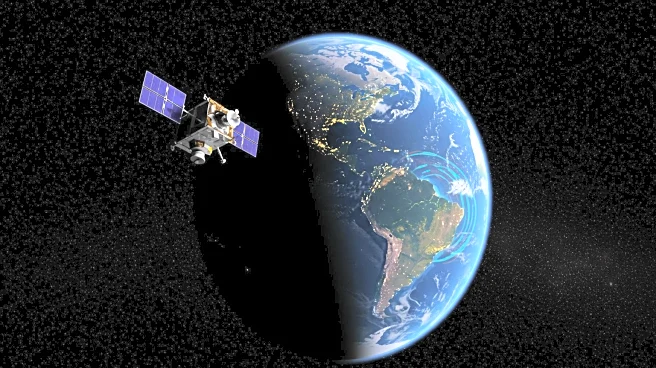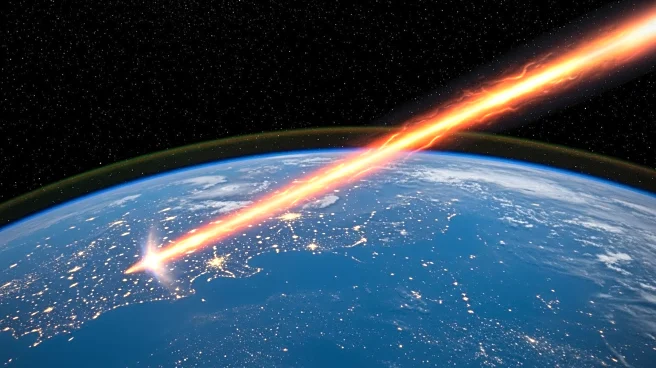What's Happening?
An astronaut aboard the International Space Station captured a striking photograph of the Kamchatka Peninsula in Russia's Far East, highlighting its dramatic topography and volcanic activity. The image, taken on May 29, 2025, showcases the Klyuchevskoy Volcanic Group, including the tallest peak, Klyuchevskaya Sopka, which stands at 4,754 meters above sea level. This region is part of the 'Ring of Fire,' known for its frequent tectonic activity. On July 29, 2025, a significant magnitude 8.8 earthquake struck approximately 380 kilometers south of the Klyuchevskoy Volcanic Group, coinciding with increased volcanic activity, including eruptions from Klyuchevskaya Sopka and the long-dormant Krasheninnikova volcano.
Why It's Important?
The Kamchatka Peninsula's tectonic and volcanic activity is a critical area of study for geologists and scientists monitoring the 'Ring of Fire.' The recent earthquake and subsequent volcanic eruptions underscore the dynamic nature of this region, which can have significant implications for understanding seismic and volcanic processes. Such events can impact local communities, disrupt ecosystems, and pose challenges for disaster preparedness and response. The data and images captured by the International Space Station provide valuable insights for researchers and contribute to global efforts in monitoring and predicting geological hazards.
What's Next?
Continued monitoring of the Kamchatka Peninsula's volcanic and seismic activity is essential. Scientists will likely focus on analyzing the recent earthquake's impact on volcanic behavior and assessing potential risks for future eruptions. This ongoing research can inform local authorities and international agencies in developing strategies for mitigating the effects of such natural events. Additionally, the data collected may enhance predictive models, aiding in the anticipation of similar occurrences in other parts of the 'Ring of Fire.'
Beyond the Headlines
The Kamchatka Peninsula's geological activity highlights broader environmental and safety concerns. The interplay between tectonic movements and volcanic eruptions can offer insights into Earth's internal processes, contributing to the scientific understanding of plate tectonics. Moreover, the region's natural beauty and unique geological features attract researchers and tourists, emphasizing the need for sustainable practices to preserve its ecological integrity while ensuring public safety.
